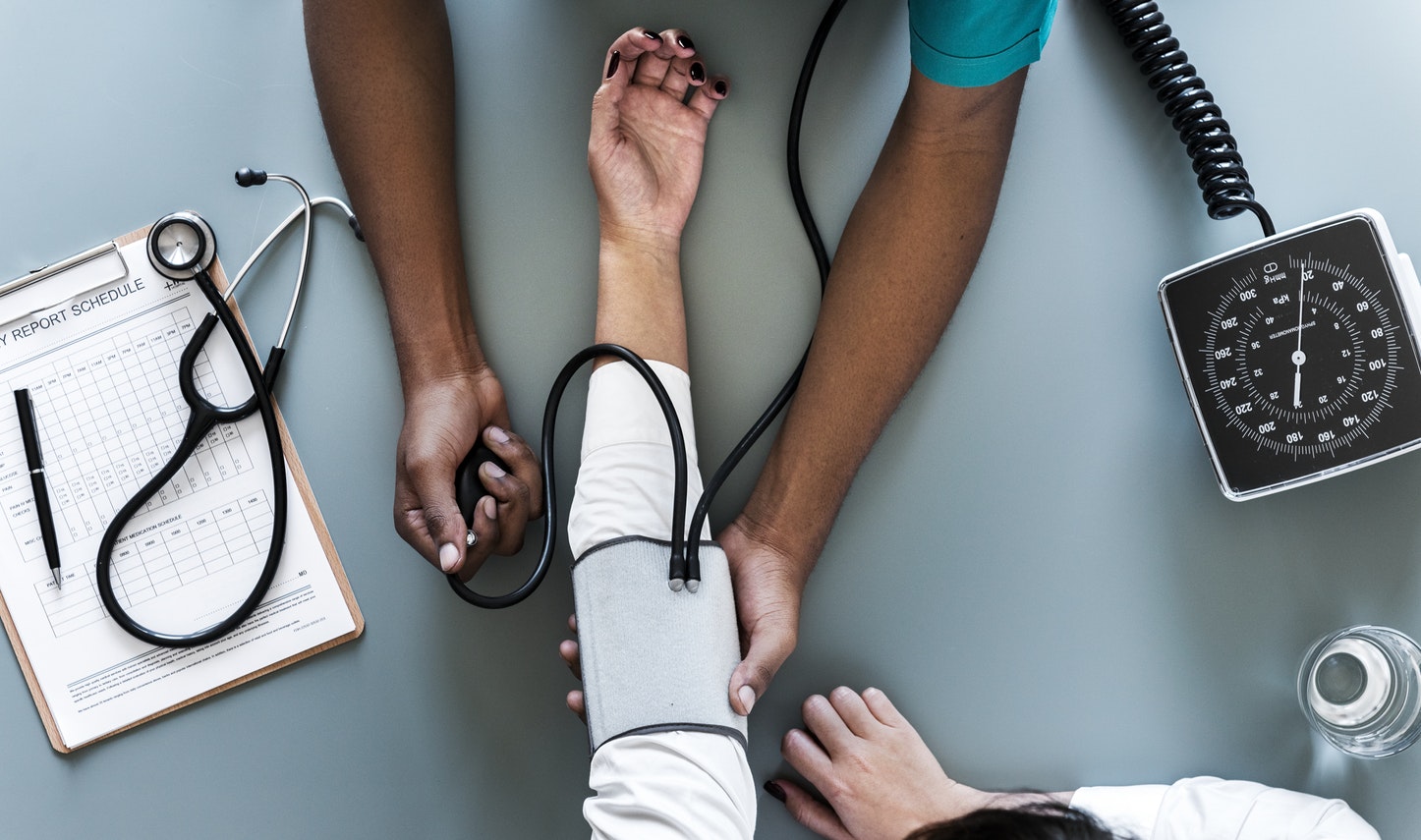
Body + Mind is reader-supported. We may earn an affiliate commission when you buy through some of the links on our site.
Most people mistakenly believe that only high blood pressure poses a serious health risk while low blood pressure presents less to no harm. While people typically desire to lower their blood pressure, excessively low blood pressure may indicate an underlying health issue. In rare instances, low blood pressure constitutes a medical emergency. And low blood pressure in women is actually a pretty common female health concern.
Multiple health issues, as well as some medications, can result in women developing low blood pressure. Here’s how to determine when low blood pressure represents good cardiovascular health and when to have a medical professional examine the condition more closely.
Women experience low blood pressure for a variety of reasons. Pregnancy, for instance, can sometimes result in unusually low blood pressure due to the expansion in the circulatory system necessary to carry blood to the developing baby. In most cases, pregnancy-related low blood pressure returns to the normal range shortly after giving birth.
Low blood pressure in women often results from dehydration. Spending too much time in the sun without drinking adequate water can cause dehydration, as can excessive exercise when women fail to consume enough fluids. Also, because alcohol and caffeine act as diuretics, excessive consumption of either substance may lead to dehydration.
Many women develop low blood pressure as a result of hypothyroidism. The thyroid gland regulates metabolism — and when it fails to release sufficient thyroid stimulating hormone (TSH), metabolism slows down and blood pressure decreases. While anyone can develop thyroid problems, far more women than men suffer from hypothyroidism.
Low blood pressure also occurs when a woman endures sufficient blood loss from a car accident or other mishap. Additionally, severe infections or allergic reactions resulting in anaphylactic shock can trigger a decrease in blood pressure.
The most frightening underlying cause of low blood pressure in women stems from heart problems. Anything from a leaky heart valve to a full-blown heart attack can affect blood pressure. As heart disease remains the number one cause of death in women, women with heart disease require careful monitoring by medical professionals.
Slightly low blood pressure may evidence few symptoms. In fact, women with slightly low blood pressure often feel quite healthy!
However, excessively low blood pressure poses a variety of health dangers. The most common symptom of low blood pressure in women involves a feeling of dizziness or light-headedness, especially when rising from a lying or seated position to a standing one.
A closely related condition — orthostatic hypotension — refers to a medical condition where blood pressure drops rather than rising slightly when a woman moves from a seated to a standing position. This condition can lead to fainting or syncope, so those diagnosed should exercise caution when rising to a standing position, especially when they’ve been sitting or lying down for some time.
Other symptoms of low blood pressure include cold and clammy skin, muscle weakness, nausea and blurred vision. In more extreme cases, hypotension can lead to heart palpitations and an inability to catch one’s breath.
Blood pressure consists of two numbers — the diastolic and the systolic. The systolic blood pressure reading measures how strong your blood pressure goes with each heartbeat, and the diastolic measures the pressure when the heart rests between beats.
Normal healthy blood pressure falls between five to ten points of 120/80. Blood pressure as low as 95/65 often causes no problem — but anything below 90/60 falls into the danger zone. At levels lower than 90/60, the likelihood of experiencing adverse health outcomes increases significantly.
What can women with low blood pressure do to manage their condition? Treatment generally consists of a combination of behavioral modification, supplementation and occasionally medication.
Behavioral modifications to treat low blood pressure include increasing hydration levels, avoiding alcohol — which can lower blood pressure — and avoiding activities that lead to syncope, such as rising too quickly from one’s chair when standing.
Some medications, like diuretics, lower blood pressure. Women suffering from low blood pressure should consult with their physician about adjusting any medications that exacerbate their condition. In extreme cases, physicians treat low blood pressure by prescribing medications which raise blood pressure, such as Florinef.
Before resorting to medication, women can attempt adding more salt to their diet. Additionally, drinking beverages high in electrolytes such as Gatorade might help raise blood pressure naturally.
While low blood pressure can lead to serious consequences, in the vast majority of cases, easy interventions raise pressure back to healthy levels. Women with low blood pressure should consult with their physicians to ensure no underlying serious issues such as heart disease have caused the decrease. Once a woman receives a clean bill of health from her doctor, adjusting medications and making small behavioral changes can keep blood pressure stable and get her back to feeling her best!